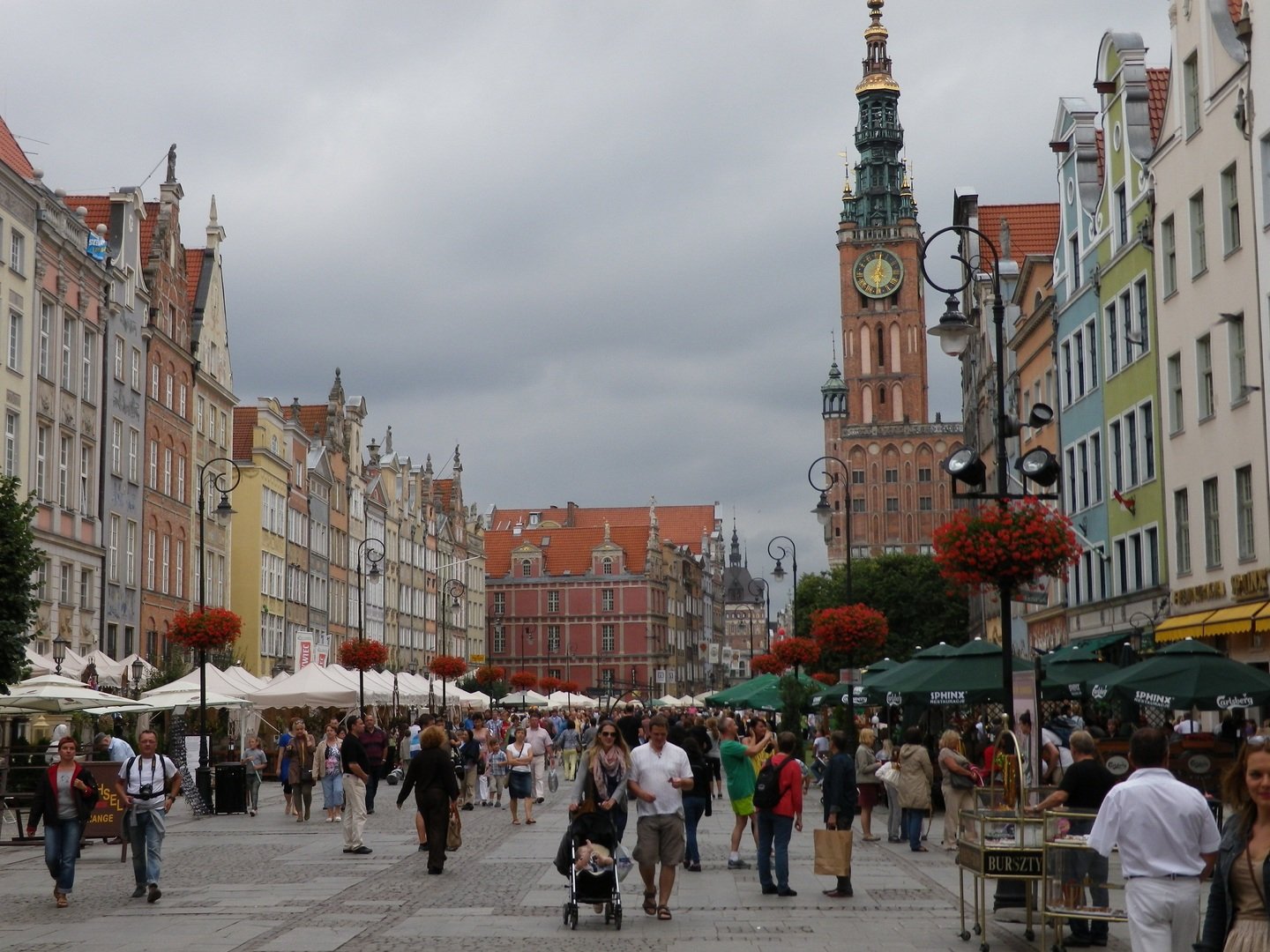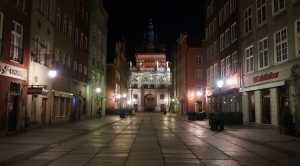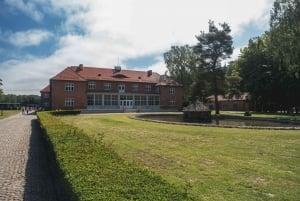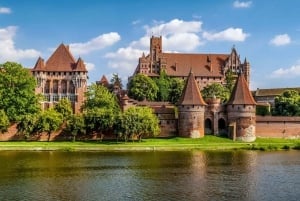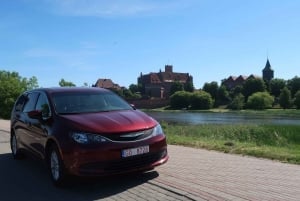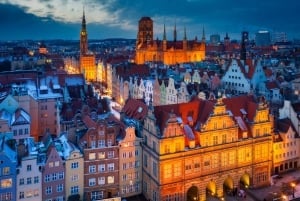ROYAL WAY
THE WONDERFULL OLD ROUTE OF KINGS
Book Top Experiences and Tours in Gdansk:
If youʻre booking your trip to Gdansk last minute, we have you covered. Below are some of the top tours and experiences!- Gdańsk: Extreme Gun Shooting Experience with Transfers
- Gdansk: Winter Kayaking Tour
- Gdansk: Stutthof Concentration Camp Regular Tour
- From Gdansk: Half-Day Malbork Castle Tour with Audioguide
- Malbork Castle: Private Tour from Gdansk, Sopot or Gdynia
The name is unofficial but it is based on tradition. The Royal Way, as tradition has stated, was first used in 1457 by a King named Kazimierz Jagiellonczyk, just a year after rejoining Gdansk to the Kingdom of Poland. Then it was used by other Kings. Despite the crowd of tourists, and modern advertisements on the stores and buildings, you can feel the breath of history while exploring this exciting rich and full of history location.
Before it was named The Royal Way, this way was the main trade route. From 1331 it was called Longa Platea (lat. Long Street). The Way stretches between two Gates - Golden from the land side, and Green from Motlawa river.
If you would like to step into a King's shoes you should start from The Golden Gate, as it is a part of the former city walls. History has documented that Kazimierz Jagielończyk could not get through that Gate. It was built over 50 years after his arrival. He entered Gdansk in the 14th century by the Longstreet Gate (Brama Długouliczna). The middle ages style gothic gate was demolished at the beginning of the 17th century and replaced by the current one. The Golden Gate, built in the style of Dutch mannerism is one of the biggest architecture attractions in the entire city.
The King surely did not see the most famous houses on Dluga Street, which were built after his death. But this road was utilized as the main street of Gdansk even earlier. In the middle ages, it was the most important trade road. Dluga street, as well as Dlugi Targ, was also a place where the richest citizens were dwelling. Their fortune is well seen in the monumental tenement houses, with rich decorative facades. It is definitely worth your time to keep an eye especially on the late baroque Uphagen House nr 12, and additionally dating from the 16th century: Ferber House nr 28 along with the Schumann House nr. 45 (today this is where is the Tourist Information office is located).
In Poland, we say that “A King walks on foot only to one place”. And it is rather impossible, that his Majesty himself took a walk on The Royal Way. But if so... it for sure would not have been a comfortable walk. Till the XVIII Century, the streets were made with field stones. So it is very likely that the streets were uneven and even muddy. But you should not worry about that nowadays! The surface of the streets is now made from elegantly polished granite slabs.
Maybe it was one of the reasons, that the tram lines, which operated here from the last years of the XIX century until World War II, were liquidated. So if you decide to see The Royal Way you are required to a walk (with a few exceptions like the touristic wheels tram) a little. But again no need for concern as it is not a long trip. Probably it will take you more or less the same time as it took you to read this entire text.
Step by step, we leave Dluga Street and enter Dlugi Targ Street. In fact, the street is not very long as it is 200 meters. It was made in the XIII century. For a long time, it was used as a meat market. It was organized every Saturday in the XIV and XV century. Additionally, between the City Hall and Neptunes' Fountain, living piglets were sold, that's why this part of Royal Way was called the Piglets Market.
Old seat of self-government - the City Hall, is the tallest building on the Royal Way at 83.5 m. The oldest part of City Hall is from the XIII century, but the building has been expanded for 3 centuries. Now it is seen as a mix of gothic and renaissance architecture.
The most characteristic thing on the Royal Way though is the Neptune Fountain. It is seen as the symbol of Gdansk itself. The fountain was built at the beginning of the XVII century. The god of the sea is facing toward the King's apartments when they had stayed in the City. His head is bowed down, in a clear display to show respect to the Kings.
On Długi Targ it is as worth your time to also go see the gothic Arthus Court, and the tenement houses nr 1-4. 6 of the Polish Kings have resided there.
The Royal Way ends at the Green Gate. It is situated between the Long Market and Motlawa River. In fact, it is rather a tenement house than seen as simply a gate. The building was inspired by the Antwerp City Hall, and it was supposed as a Kings residence, but no King has stayed there. Nevertheless, it is worth to visit, because of the great architectural design... and then cross it to see another part of the old city.


